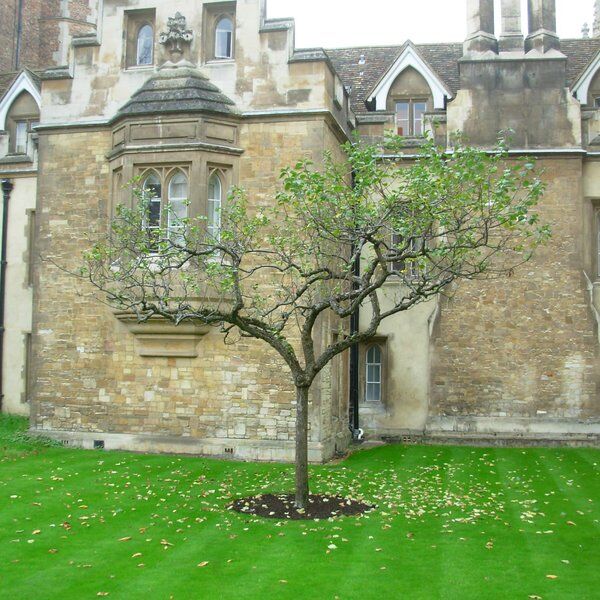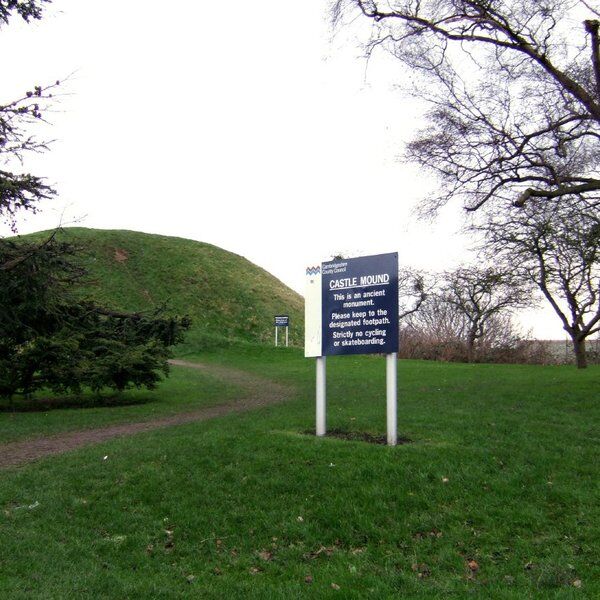The Corpus Clock: A Timepiece Beyond Time in Cambridge
Contained within the historic confines of Corpus Christi College at the University of Cambridge, the Corpus Clock is not just a timekeeper; it is a marvel that transcends the boundaries of traditional horology. Designed by Dr. John C. Taylor OBE, a distinguished inventor and horologist, the timepiece challenges conventional notions of clock design and invites onlookers to contemplate the intricate dance between time and mortality.
The clock itself does not look particularly clock-like. It has a shiny gold disc featuring 60 notches that radiate from its centre. Light bounces around the edges of the disc and a spherical pendulum swings slowly beneath it. But its most talked about feature is the ominous beast perched on top.
Read on to discover what in fact this creature represents and its ability to devour time.
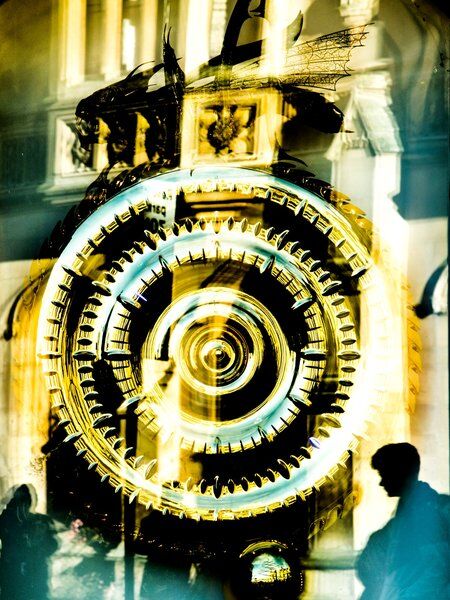
Creating the Corpus Clock
At a cost of £1 million, the Corpus Clock — partly engineered underwater at a secret Dutch military research institute — took seven years to build. It was commissioned to commemorate the 500th anniversary of Corpus Christi College, and is a true embodiment of the marriage between art and science. When it was finally completed it was revealed to the world on 19th September 2008 by the late Professor Stephen Hawking, and later named one of Times' Best Inventions of 2008.
Dr. John C. Taylor, who was an old member of the Corpus Christi College, personally funded the clock whilst overseeing its creation. A Latin inscription attesting to this fact is even worked into the clock: “Joh. Sartor Monan Inv. MMVIII'' meaning “John Taylor of the Isle of Man made it in 2008.”
Originally, the location of the clock used to be the entrance to a NatWest Bank, and before that the London County Bank. When NatWest’s lease of the building ended in 2005 it was decided that a better college library would be built in its place. Rather than simply bricking up the entrance, Taylor was commissioned to fill the space with time. His name was later given to the college library.

The Clock Face and Telling Time
Corpus Clock’s face is pure 24-carat gold plated with gradual ripples undulating outwards in a representation of the Big Bang. Without hands or digital numbers, it can be misconstrued as difficult to read at first until you notice the lights. As three slits in the clock face are lit from behind, the blue LEDs appear to shine and pause at the correct hour, minute, and second.
Following a non-conventional theme as there are no hands and numbers there is no chiming of bells either. Instead, the shaking of chains and a hammer hitting a wooden coffin fills the space each hour. This is a further testimony to the passing of time and death becoming us all, mirroring the Latin inscription beneath the clock “mundus transit et concupiscentia eius” meaning “the world and its desires pass away”.
The Corpus Clock: Accurately Inaccurate
Instead of relying on computing programming, the Corpus Clock uses the world’s largest grasshopper escapement mechanism, invented by the celebrated early English clockmaker John Harrison. This design makes Taylor’s creation a true mechanical spring-driven clock. The grasshopper converts the pendulum’s swinging into a rotational motion that also returns the energy to the pendulum to keep it swinging. Once it is wound the escapement pushes the pendulum slightly and each swing turns the clock forward by a fixed amount.
Unlike any normal clock, the Corpus Clock can perform tricks, 50 tricks to be exact. These tricks include lighting up in patterns and reversing time among others. The tricks are programmed at random but there are special performances reserved for John Harrison’s birthday, John Taylor’s Birthday, New Year’s Day, and Corpus Christi Day. The clock can also self-adjust to British Summer Time and Daylight Saving hours.
As part of the design, the Corpus Clock — like life — is not always accurate - it’s only actually entirely accurate once every five minutes. Taylor insists that in a depiction of everyday troubles and irregularities, the pendulum will sometimes stick, or stop and the LED lights will even fall out of rhythm and then speed to catch up — more tricks! Furthermore, that curious creature we’ve yet to discuss occasionally blinks as it processes the devouring of time. These intentional disruptions serve as a poignant reminder that, no matter our attempts to regulate and control time, there are forces beyond our mastery.
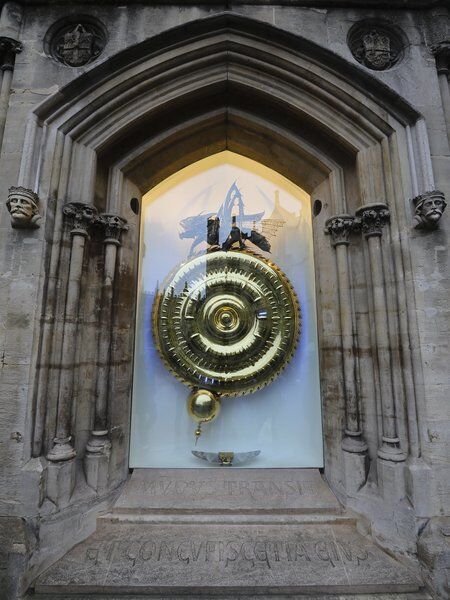
The Chronophage: Devourer of Time
Whilst it's that beautiful golden face that captures your attention at first glance, it’s the terrifying golden insect, reminiscent of a grasshopper, perched atop the clock that holds it. This is the Chronophage, a term coined by Dr. Taylor but derives from the Greek chronos “time” and the ephagon “I ate” and thus "time-eater." As thirty seconds pass the creature opens its jaws which snap shut once the minute is up; it appears to devour time, earning its name.
"Basically I view time as not on your side. He'll eat up every minute of your life, and as soon as one has gone he's salivating for the next."
Taylor’s statement might explain the lack of hands and digits, which imply a continuation, or flowing, of time, Taylor’s Chronophage snapping up morsels of time serves as a powerful reminder of its relentless progression and devouring nature. The creature’s rhythmic, oscillating motion is a captivating representation of the eternal struggle between humanity and the inexorable passage of time.
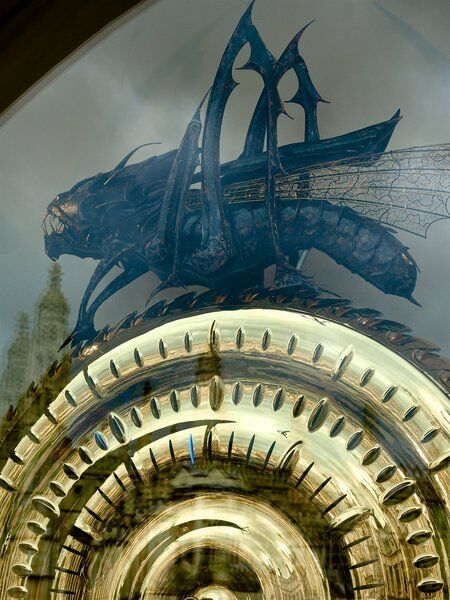
“I wanted to find a new way of telling time,” Taylor writes. “My idea with the Chronophage was to turn the clock inside out, and then make the tiny little escapement and the grasshopper into the biggest gear on the clock.”
Although it might seem like a whimsical metaphor for immortality, the creature is actually the clock’s escapement, hence its similarity to a grasshopper — we assume placing it atop the clock is an homage to Harrison!
Our Thoughts…
The Corpus Clock is not merely a timekeeping device; it is a symbol of innovation and a beacon of artistic exploration. Dr. John C. Taylor's creation challenges our preconceptions about the nature of time, encouraging us to embrace the complexities and mysteries embedded in its perpetual flow.
As the Chronophage perpetually devours and regurgitates time, it prompts those who pause to observe its relentless motion to reflect on the intricate nature of existence and the perpetual journey through the metaphysical realms of past, present, and future. The Corpus Clock, with its symbolic richness and mechanical brilliance, is a timeless addition to the intellectual landscape of Cambridge.
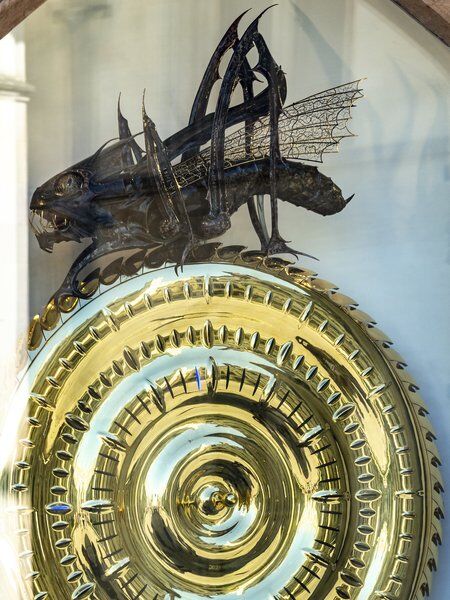
Discover More of Cambridge With CityDays
Ready to discover more of what Cambridge has to offer?
CityDays have a brand new treasure and scavenger hunt in Cambridge, which combines the fun of an escape room with the historic facts and whimsical trivia of a walking tour!
Take the stress out of planning your visit to Cambridge and book your adventure today!
Not visiting Singapore this time? Don’t worry, you’ll find us all over the world.






